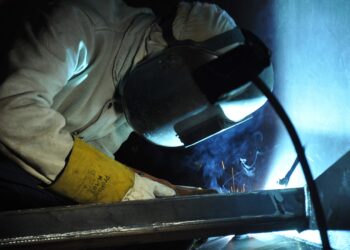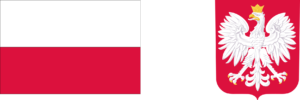An invasive species of bolete fungus (Aureoboletus projectellus) from Latvia has been rapidly spreading in Estonia’s coastal forests, covering up to 100 kilometres in a single year. Mycologist Leho Tedersoo of the University of Tartu states that the most prevalent non-native fungal species in Estonia are pathogens or fungal diseases. The bolete variety is unusual in that it is an edible fungus with a large fruiting body, unlike many other non-native species.
The spread of non-native species is easier to define as they do not have to compete with other plants and animals for a place in the new ecosystem. They only need suitable soil, climate, and host plants. However, fungal diseases usually live far away from Estonia and when they arrive, they find a naive host, which has not adapted to the pathogen and is defenceless against it. An example of such a non-native species is Hymenoscyphus fraxineus, an ascomycete fungus that causes ash dieback, which arrives in Estonia with timber from East Asia.
Logging contributes to the spread of non-native species, as it leaves less space for other symbiotes and is often associated with non-native trees only. Degraded land is favourable for the introduction of new species, as they can easily find empty places to grow. Invasive species can also be encouraged by clear-cutting and large-scale disturbance of forest soils by machinery. The quick spread of invasive plant species is also common in clear-cuts, which is not the case in more environmentally friendly logging places.
Aureoboletus projectellus has white or pinkish flesh and a slightly acidic, even citrusy flavour. It has no smell and does not turn blue when cut, but during cooking, it turns yellowish-brown.






